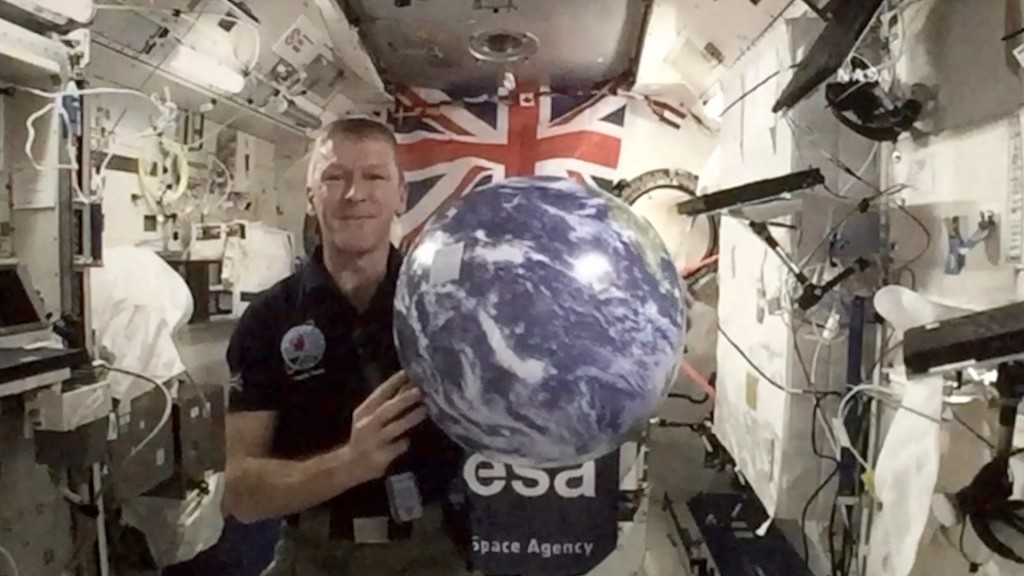Plans to build the UK’s next mega tower, which will rival the Shard for the title of the tallest building in
Europe, and will dwarf all
other office blocks in the City of London, are to be unveiled today for the
first time.
The 73-floor skyscraper at 1, Undershaft, will be 309.6m high when
completed, making it on a par with the Shard in London Bridge, and will host a
free public viewing gallery at the top, which can be accessed by lifts, and the highest restaurant in the capital. Designed by the architect Eric Parry, the man behind the St
Martin-in-the-Field project in London’s Trafalgar Square and the new City of
London office development at 10 Fenchurch Avenue, it will also feature a large
square underneath the building, creating a public space.
“Sky scrapers are notoriously
anti-social...they cast enormous shadows on the ground below them,” said Mr
Parry. But with 1, Undershaft he is attempting to put “the public first” by
creating public spaces at the bottom and top of the tower. As well as offices
it will have classrooms on the upper most floors for school trips learning
about London.
The Aviva Tower, which currently occupies the site, will be demolished
to make way for the new development, opposite the Gherkin. “The City of London
is proving it can yet again attract international investment in creating unique
and important new buildings. This building will set new standards for the City
in terms of comfort, quality, environmental sustainability and putting the
public at the heart of the tower,” said Mr Parry.
“Most skyscrapers are used Monday to Friday but 1, Undershaft will be
used seven days a week, with the public able to enjoy the new public square,
viewing platform and restaurant every day. It will be the jewel in the crown of
the City of London and something we hope Londoners will be very proud of.”
Question 1 (2
points) Indicate whether the following statements are true or false and write down
which part of the text justifies your answer.
a. 1- Undershaft
will be the tallest building in London financial district.
b. This is the
first time Eric parry has designed a building in London.
c. The new
skyscraper will have and education centre.
d. A foreign
company is financially implied in this project.
Question 2 (2
points) Answer the following questions in your own words.
a. What will 1-
Undershaft be like?
b. How does it
differ from other skyscrapers?
Question 3 (1.5
points) Find words or phrases in the text that correspond in meaning to the
words and definitions given.
a. make known(par.1)
b. reach (par.2) c. try
(par.3)
d. at present
(par.4) e. unequalled (par.4)
Question 4 (1.5
points) Complete the following sentences without changing the meaning.
a Plans to build the UK’s next mega tower are to be unveiled today for the
first time.
They ……………………………………….
b. Sky scrapers are notoriously anti-social.They cast enormous shadows on
the ground below them,” said Mr Parry.
Mr. Parry said that ……………………..
c. It will be a very
tall skyscraper but the public will be able to enjoy it.
In spite of ………………………………...
Question 5 (3
points) Write a short essay (120-150 words) on the following topic:
Which cities would you like to visit around the world?




